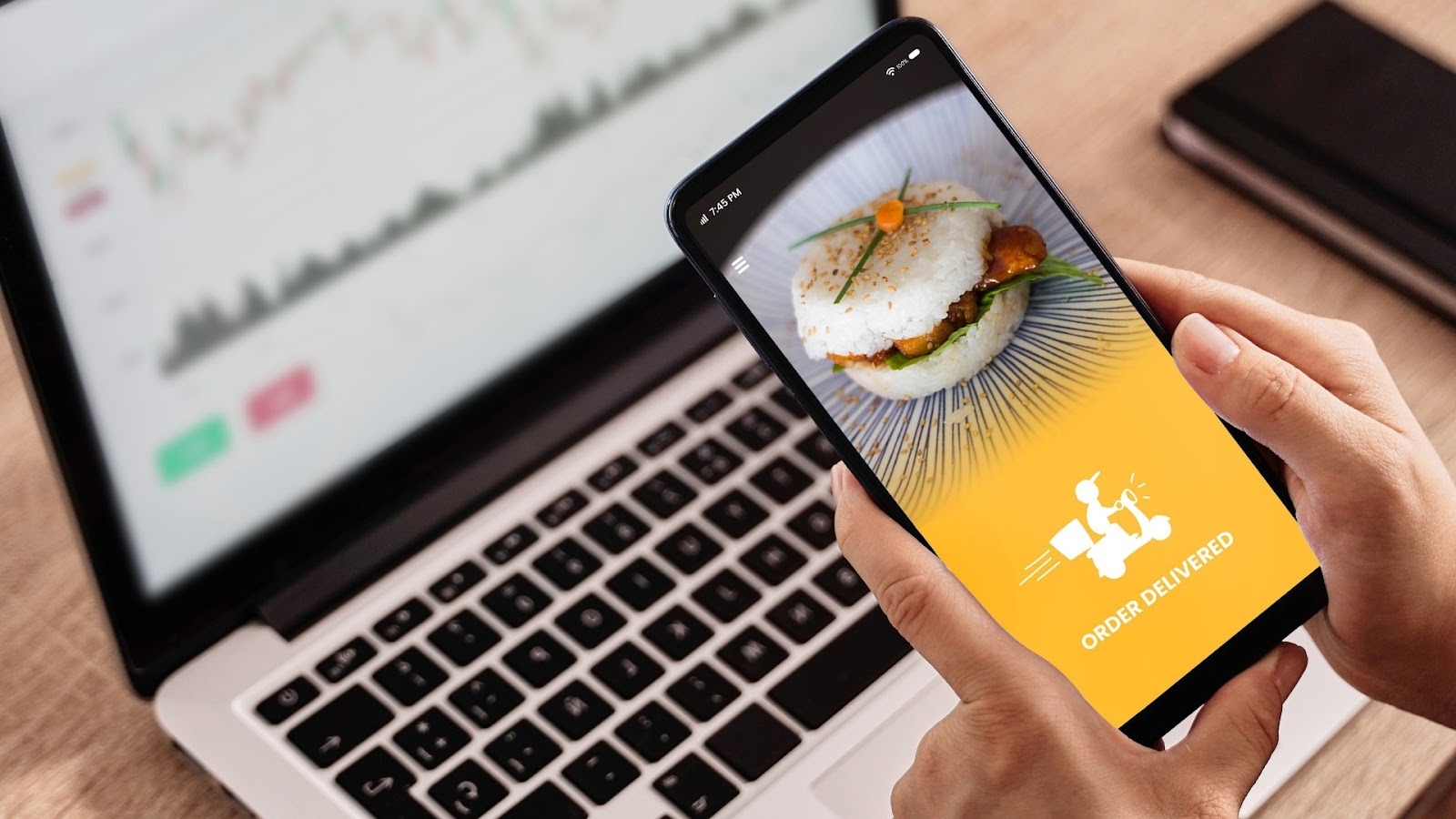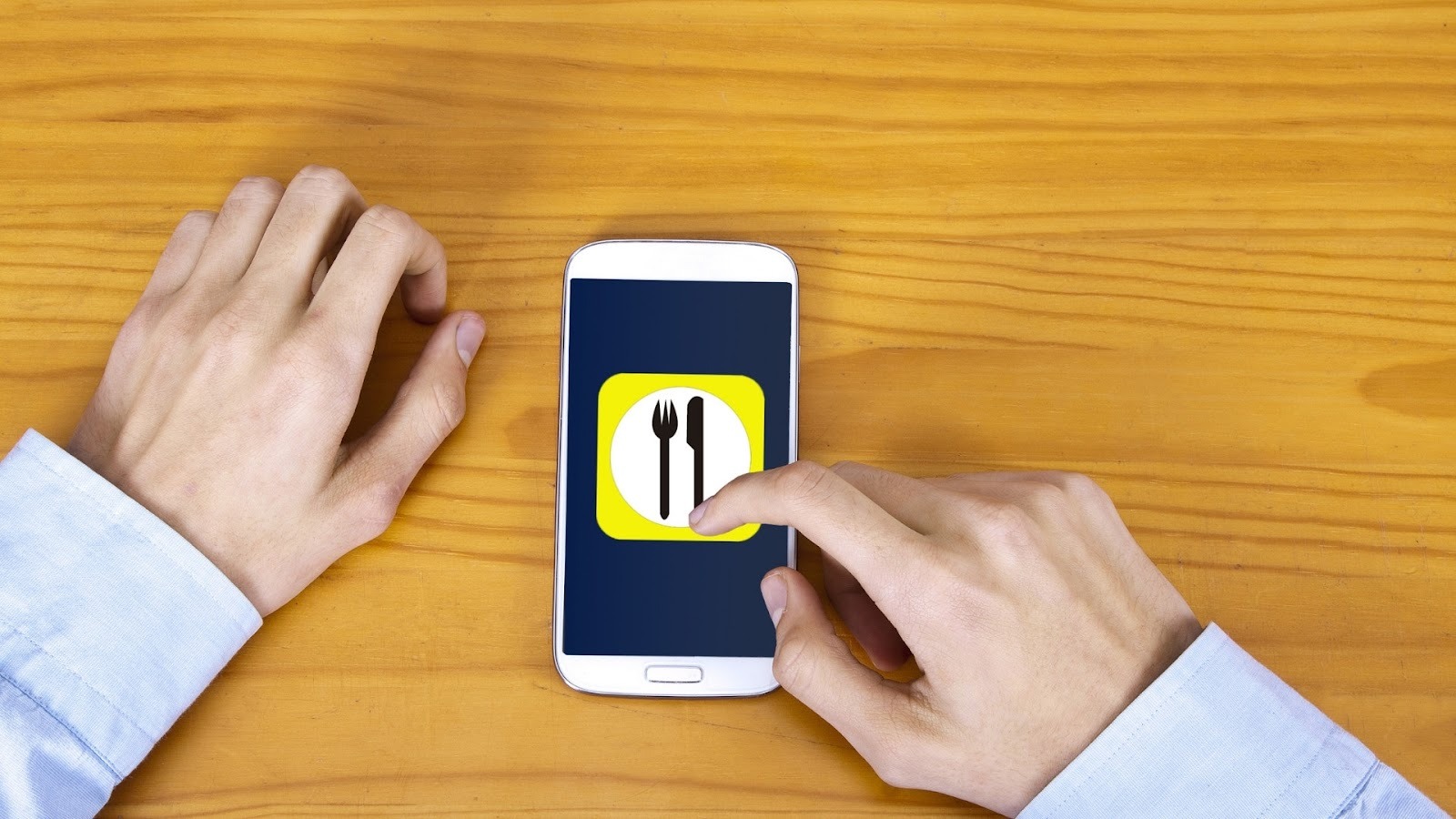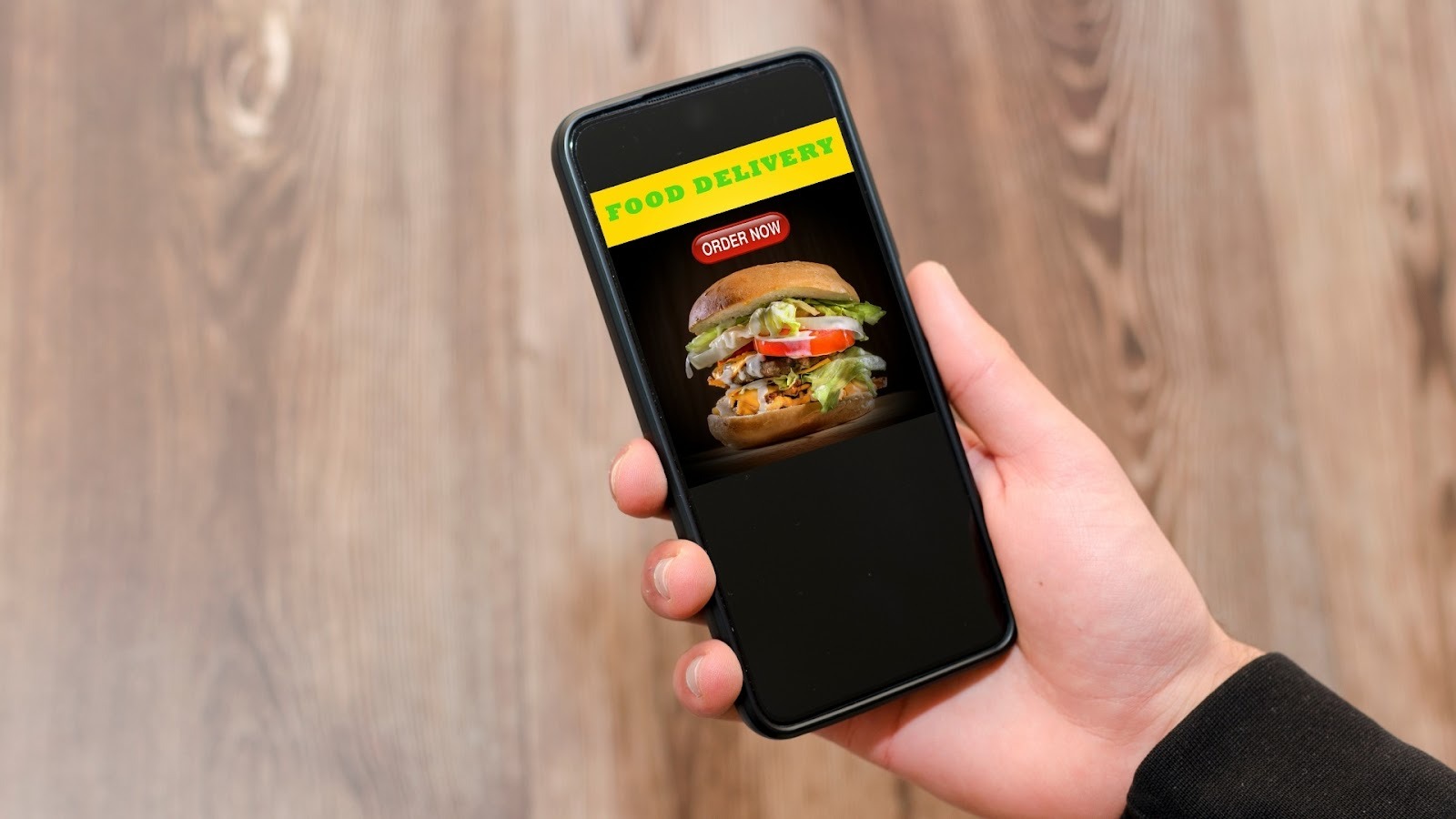October 28, 2025

Building an app for a small independent restaurant might seem unnecessary, since the assumption is that customers usually order through big platforms. Why would they bother downloading a separate app?
But the truth is, if they like your restaurant, they wouldn’t think twice about downloading your app. Many small businesses that have launched their own apps have started getting increased orders directly, with repeat customers loving the convenience. Not to mention the money saved by averting third-party commissions.
Restaurant app development isn’t just for large chains anymore. In this guide, we’ll explore the development process, must-have features, and tips to build a successful app in 2025.
At a Glance:
A restaurant mobile app is a digital platform designed specifically for a restaurant or chain. Most people use apps on their phones every day, and restaurants are no exception. These apps can go beyond online ordering to include loyalty programs, promotions, table reservations, and even waitlist management.

Alt text:Introduction to Restaurant Mobile Apps
For larger chains, a mobile app can be a critical business tool. Smaller chains use apps to engage customers with loyalty points and personalized offers, driving repeat visits.
Restaurant apps generally fall into a few key types, depending on their main focus:
While a standalone app may not always make sense for a single-location small restaurant, understanding these types and their benefits helps you make an informed decision about whether restaurant app development is right for your business.
Also Read: Comprehensive Guide to Train Your Restaurant Staff
Today, it’s not enough to serve great food. You also need to make ordering fast, convenient, and rewarding for your guests. A mobile app centralizes your restaurant’s digital presence, turning scattered operations like online orders, loyalty programs, promotions, and reservations into a single, seamless experience.
Restaurants with apps see significant increases in repeat orders, higher customer engagement, and lower dependence on third-party delivery platforms. Apps also allow you to directly communicate with your most valuable guests, offering personalized promotions, reminders, and loyalty rewards that keep them coming back.
Here are some of main reasons why it’s advisable to have a mobile app:
Even for small or one-location restaurants, apps provide online ordering, guest loyalty, and promotions without the high cost of building a custom solution. If you plan to create your own app, consider your resources, long-term growth plans, and whether your needs are unique enough to justify a custom development.
Also Read: Types of POS Systems: Choosing the Right Fit for Your Restaurant
Building a mobile app for your restaurant might feel overwhelming, but breaking it down into clear steps makes the process far easier. Whether you’re creating a custom solution, using a no-code tool, or opting for a ready-made platform, the fundamentals stay the same.

Alt text:Restaurant App Development: An Easy Step-by-Step Guide
Here’s a step-by-step roadmap to guide you:
Before you invest time and money, figure out if your customers will actually use your app. Ask questions like:
Tip: A simple survey on social media, or feedback collected at checkout, can give you valuable insights.
Your restaurant app doesn’t need to do everything, but it does need to do the right things. Choosing the right features ensures you’re not wasting money on bells and whistles that won’t move the needle. Instead, focus on the features that directly improve the guest experience and drive more orders.
Here are the core essentials:
Prioritize features based on what your guests actually want and what will drive the most orders.
Once you know what features matter most, the next big decision is how to bring your restaurant app to life. There’s no one-size-fits-all solution here. Your choice depends on your budget, growth plans, and technical expertise.
There are three main ways to build your restaurant app:
Your choice depends on your budget, timeline, and technical needs.
Your restaurant’s mobile app should feel like a natural extension of your dining experience. When guests open it, they should instantly recognize your brand identity, just as if they were stepping into your restaurant. This consistency builds trust and strengthens loyalty.
Here are the key elements to focus on:
By aligning these elements, your app does more than take orders—it becomes part of your guest experience, reinforcing what makes your restaurant unique.
A mobile app shouldn’t feel like a separate channel. It should work seamlessly with the tools your restaurant already uses. Without integration, you risk creating bottlenecks, double work for staff, or customer frustration when orders don’t go through correctly.
Here’s how smooth integration makes all the difference:
When all these systems connect, the app becomes a powerful extension of your restaurant operations, not an extra burden to manage.
Your app may look great on paper, but the real test is how it performs in the hands of your guests. Before you roll it out to everyone, invest time in thorough testing to make sure the experience is smooth and frustration-free.
Key areas to check include:
Instead of going straight to a full-scale launch, consider releasing a “beta version” to a small group of loyal customers or staff. Encourage them to place real orders and share honest feedback about what worked and what didn’t. Use this feedback loop to fix bugs, refine navigation, and polish the experience.
Only once the app feels seamless should you promote it widely. This way, your big launch moment creates excitement instead of frustration.
Building a restaurant app is only half the job. The real challenge is getting your guests to use it. Even the best-designed app won’t drive sales if customers don’t know it exists. That’s why promotion is critical. You need to market the app where your regulars already interact with your restaurant, both online and offline.
Here are proven ways to spread the word:
The goal is to make downloading and using your app feel like the most natural (and rewarding) choice for your guests. By positioning the app as the exclusive way to access perks, you’ll drive adoption quickly and turn casual diners into loyal regulars.
Launching your app is just the beginning. What really matters is how it performs over time. To ensure your investment pays off, you’ll need to consistently monitor results and optimize based on real guest behavior. Tracking ROI helps you identify what’s working, what needs tweaking, and where you can unlock more value from the app.
Key metrics to measure include:
Once you have the data, optimize continuously. If downloads are high but orders are low, refine your user experience. If loyalty engagement is low, add more attractive rewards. Over time, these adjustments compound, turning your app into one of your restaurant’s most profitable growth tools.
Takeaway: A successful restaurant app combines guest insights, thoughtful design, seamless integrations, and continuous improvement. Follow these steps, and you’ll not only boost direct orders but also strengthen your relationship with every customer who downloads it.
Also Read: Best Restaurant Reservation Apps and Systems for 2025
When it comes to restaurant app development, iOrders takes the guesswork out of the process. Instead of spending months (and thousands of dollars) building from scratch, you get a ready-to-use, white-label solution designed specifically for restaurants.

Alt text:How Can iOrders Help You Build the Perfect App for Your Restaurant?
Key Features of iOrders Mobile App Development:
1. White-label, Native Mobile App: Offer your guests a best-in-class online ordering experience, fully branded for your restaurant.
2. Make Online Ordering Seamless: Guests can order for dine-in, pickup, or delivery and pay, all in a single, smooth flow right on their phone.
3. Personalize Guest Engagement with Push Notifications: Send tailored offers, rewards, and timely updates that keep customers coming back to your digital storefront.
4. Access First-Hand Data with Actionable Analytics: Own your customer data. Track behaviors, measure success, and make smarter decisions with insights built right into your app.
While the app is a powerful foundation, iOrders also offers a suite of add-on solutions to create a complete digital ecosystem for your restaurant:
By combining online ordering, loyalty management, marketing automation, and guest engagement in one platform, it helps restaurants strengthen customer relationships, cut costs, and scale with confidence.
Building a restaurant app might feel overwhelming at first. After all, you’re already managing reservations, online orders, loyalty programs, and customer expectations. But the truth is, a well-designed app can simplify operations while creating stronger, more personal connections with your guests.
The key is choosing the right partner and approach. Instead of piecing together different tools or struggling with costly custom development, platforms like iOrders give you everything in one place: seamless ordering, loyalty integration, push notifications, and actionable insights. With iOrders, you don’t just get an app, you get a complete digital solution that helps you grow.
Book a free demo today and see how iOrders can help turn your restaurant app idea into reality.
1. What features drive success in restaurant apps beyond basic ordering?
Modern restaurant apps include AI-based menu recommendations, real-time order tracking, push notifications, loyalty programs, review/rating modules, in-app support, multi-language accessibility, and personalized promotions for patrons, making the app essential to customer experience and retention.
2. How much does restaurant app development cost in 2025, and why does it vary?
Costs range from $8,000 for basic apps to $60,000-plus for advanced platforms, depending on features, integrations, region, app complexity, and custom design requirements. Factors like POS links and loyalty tie-ins substantially increase budgets and timelines.
3. Why is branded app development increasingly vital for restaurants?
A branded restaurant app gives control over orders, customer data, direct promotions, unique branding, and loyalty offerings. It helps reduce reliance on third-party ordering platforms, boosts repeat sales, and increases profit margins by improving customer engagement and retention.
4. What are the best practices for secure, scalable restaurant apps in 2025?
Prioritize zero-trust security, encrypted payments, token-based API authentication, and cloud server RBAC. Use adaptive AI-based monitoring for threat detection. Scalability demands modular architecture for multi-location chains with unified reporting and updates.
5. How does POS system integration benefit restaurant app functionality?
POS integration syncs orders, payments, inventory, and guest data in real time. It enhances accuracy, speeds transactions, automates reporting, and enables deeper customer insights for targeted marketing and loyalty rewards, minimizing manual errors and delays.
6. What trends are shaping loyalty program integration in restaurant apps?
Apps now automate personalized rewards, offer seamless POS and website sync, use AI for dynamic offers, and deliver instant digital redemptions, replacing outdated punch cards. Integrated analytics enable campaigns tailored to individual behavior and drive repeat business more efficiently.
7. How should restaurants choose the right technology stack for app development?Select tools that support cross-platform performance, scalability, and rapid UI development (e.g., Flutter, React Native, Firebase for backend, industry-ready APIs). This ensures a responsive, feature-rich app that adapts easily as your business and user base grows.